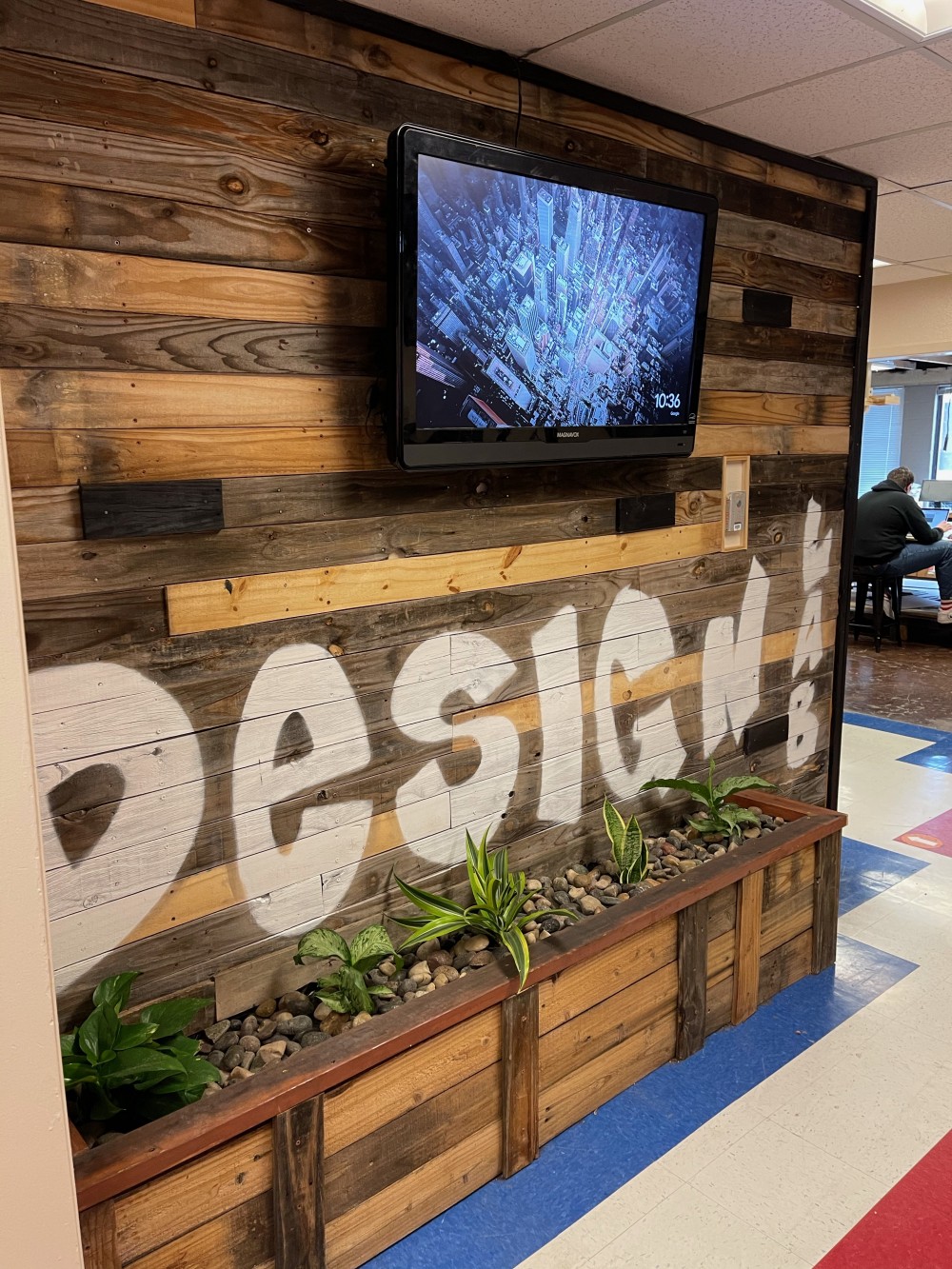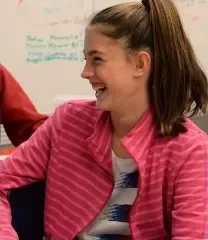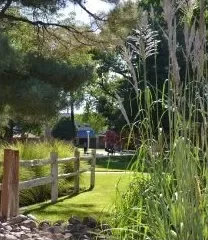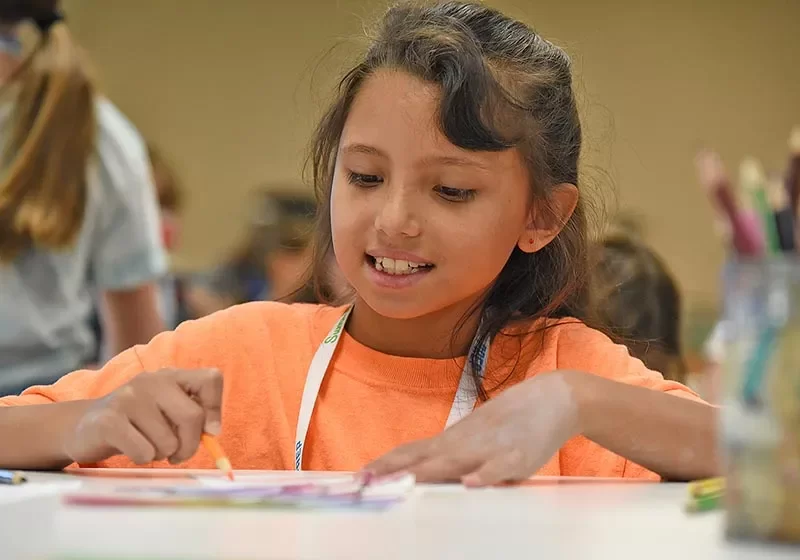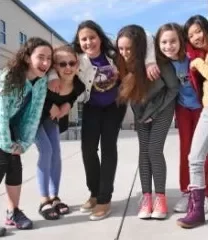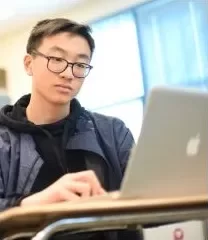DesignLab
Inspiring innovators: Sandia prep's designlab
The DesignLab is home to the Design & Innovation department and its several dynamic programs and courses: Computer Science, Competitive Robotics, DareDevil Design, Entrepreneurial Studies, Pitchfork Internships, Engineering, Architectural Studies and Industrial Design.
The DesignLab at Sandia Prep is more than a building filled with tools and technology -- it’s a mindset and a movement. At DesignLab, purposed-based learning comes to life, where failure is not only accepted but embraced as part of the creative process, and where learners start their journey with the program’s cornerstone principle: “We make the world a better place by making for others”. The DesignLab team of educators empowers students to create, giving them the freedom to design, build, and problem-solve. The department serves as an incubator where students learn to use innovative tools and resources to develop new skills and bring their ideas to life.
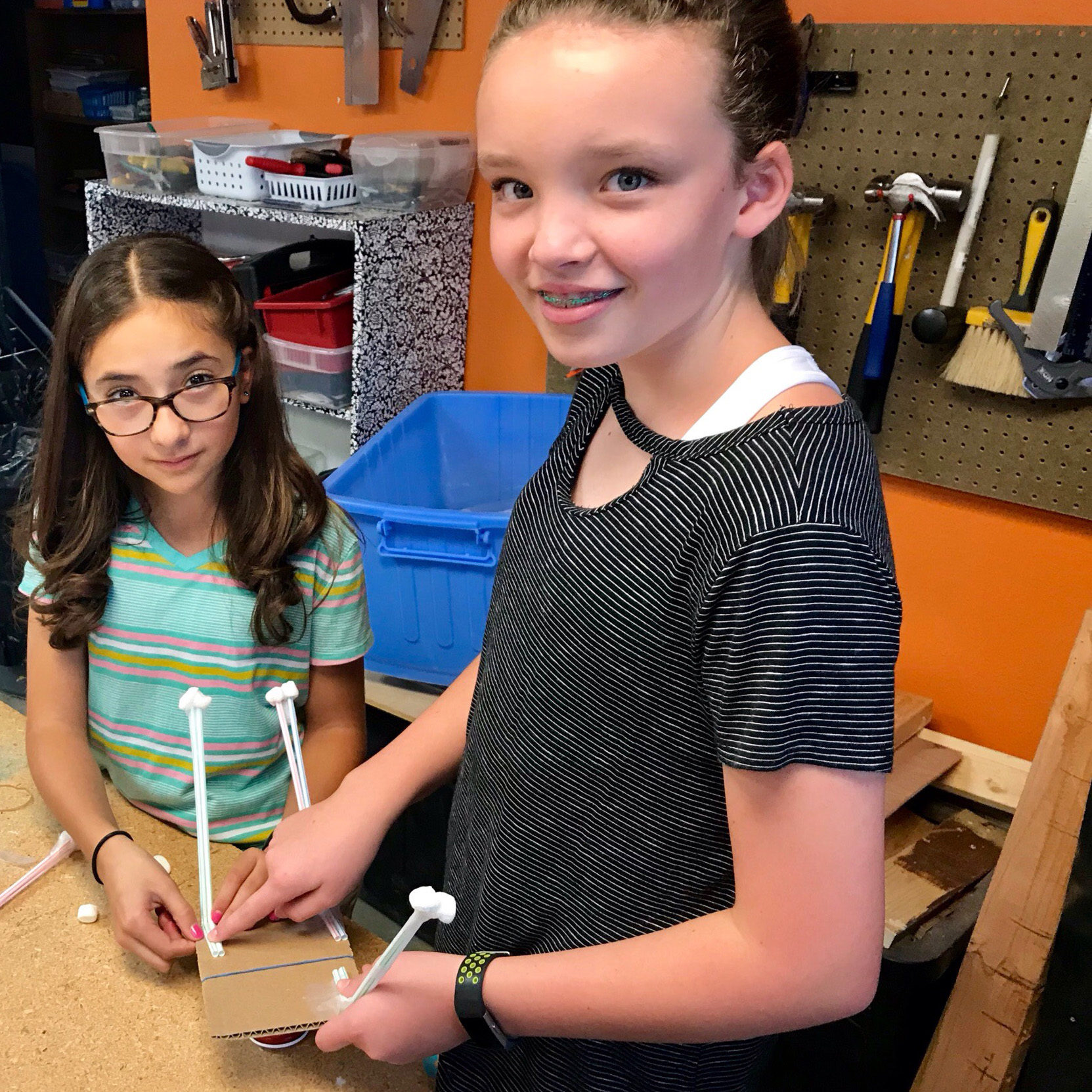
Design & Innovation Department
The Design & Innovation Department empowers students to become creative problem-solvers, empathetic leaders, and forward-thinking change makers. Rooted in hands-on learning, this department blends technical knowledge with real-world application—preparing students to tackle complex challenges and build a better future through innovation and design.
Our courses are built around the principles of disruptive learning, encouraging students to question assumptions, explore bold ideas, and develop solutions that can have a lasting impact on their communities and the world.
In today’s rapidly changing world, the ability to innovate is as important as academic knowledge. Our students develop not only technical expertise but also the soft skills—like communication, collaboration, empathy, and adaptability—that are essential in any field. The Design & Innovation Department fosters a mindset of curiosity, confidence, and purpose, helping students discover how their ideas can make a real difference.
Through this interdisciplinary and future-focused approach, students leave prepared not just for college and careers—but to lead, disrupt, and improve the world around them.
Course Highlights
Students explore design thinking with empathy at its core -- learning how to identify real-world problems and develop user-focused solutions through iterative prototyping, testing, and feedback.
This course equips students with foundational knowledge in operations, marketing, finance, and strategic planning, all while emphasizing ethical leadership and real-world decision-making.
Students learn to think like entrepreneurs -- developing business models, pitching ideas, and launching ventures -- while building resilience, adaptability, and a growth mindset.
Through programming, data structures, and computational thinking, students gain critical technical skills and a deep understanding of how technology drives modern innovation.*
Applying math and science to design real-world solutions, students use the engineering design process to build, test, and refine everything from bridges to wearable tech.*
This course integrates art, design, and engineering principles, teaching students how to create structures that are functional, sustainable, and aesthetically compelling.
Focusing on product design and manufacturing, students learn to create prototypes, refine aesthetics, and address user experience while understanding materials, tools, and ergonomics.
Combining coding, mechanical design, and teamwork, students engage in high-level competitions while building skills in logic, engineering, and creative problem-solving.
The DesignLab Evolution
In 2014, a handful of Sandia Prep faculty got together to discuss how to steer our successful educational institution in a direction that upheld the high standards and rigors of a well-rounded, academic curricula, but regain and embrace at its core what students are all about: being curious, youthful, and playful.
At the time, the faculty members observed that standardized testing, quizzing, and lectures had conditioned students to focus on exacting, short-term memory answers. Students had been taught to suppress their curiosity and creativity and replace them with the anxiety of failure. Our small cohort of educators was exasperated since this was neither teaching nor learning, and called for the creation of an environment where students could unlearn how to be “good at school” and become better at experimenting and failing.
Sandia Prep’s Autonomous Creative Environment (SPACE) opened its doors at the start of the 2015 school year as a place for students to explore and tinker; it was the first of its kind in a local school. From carpentry to electronics and circuitry, to 3D printing and hackspaces, SPACE invited students to visit during their free periods and enjoy the opportunity to create and collaborate, but most importantly, to fail. Since it was not a formal class, students felt much more comfortable trying new things and working with previously unknown materials and tools. For two years, SPACE served as the school’s makerspace as well as the center for teachers to bring their students to work on larger, more intensive building projects.
At the end of that school year, the evidence was clear: Under the intrinsic motivation of creating for fun without the fear of failing, students were much more productive and likely to explore topics and themes outside of their comfort zones.
For the next couple of years, faculty took the SPACE model and worked on developing a more structured program. From these endeavors, the school introduced robotics and later a complete grade 8-12 engineering program. Using the engineering design process, students explored the principles of engineering and incorporating the experience of failure into their learning.
In 2017, Prep launched DareDevil Design as a design-thinking program for grades 6 and 7. The two-year repeatable program asked a simple yet powerful question: “How can we make the world a better place by making for others?” Prep added the step of empathy to the design process! By implementing this step, students conducted research via interviews to understand the needs of others. On the other end, in grade 12, Entrepreneurial Studies and Innovation (ESI) gave seniors a more elaborate method: Through interaction with local startup companies, students helped companies with their most pressing problems. Both DareDevil Design and ESI’s curricula hinged on the idea of purpose-based learning—having students participate in solving real-world problems by working alongside real-world experts.
SPACE’s influence continued to evolve, and by 2019 the program was ready to encompass an ever-growing number of disciplines and educators who craved collaboration on projects and challenges. Sandia Prep’s DesignLab was the result of many conversations centered on the already-existing objectives of making the world a better place and focusing on purpose-based learning. And now, this broad makerspace had expanded its vision to also adopt the Global Goals for Sustainable Development.
These goals, created in 2015, have the power to create a better world by 2030 by ending poverty, fighting inequality, and addressing climate change. Integrating social, economic, and environmental advancement, these goals represent the most ambitious agreement for sustainable development that world leaders have ever made.
*Sandia Prep Partners with UNM for Engineering and Computer Science Programs
The University of New Mexico (UNM) has partnered with Sandia Prep to bring design-based engineering courses to our students. As part of the National Science Foundation's Engineering for Us All (E4USA), the partnership is aimed at introducing engineering to students who may never have considered that career path. UNM Engineering provides mentoring and curriculum support. (is this still accurate? →) As of summer 2023, Sandia Prep is one of only two New Mexico high schools to participate in the program.
Additionally, Sandia Prep offers two computer science courses -- UNM CS105 and UNM CS152 for dual credit.


